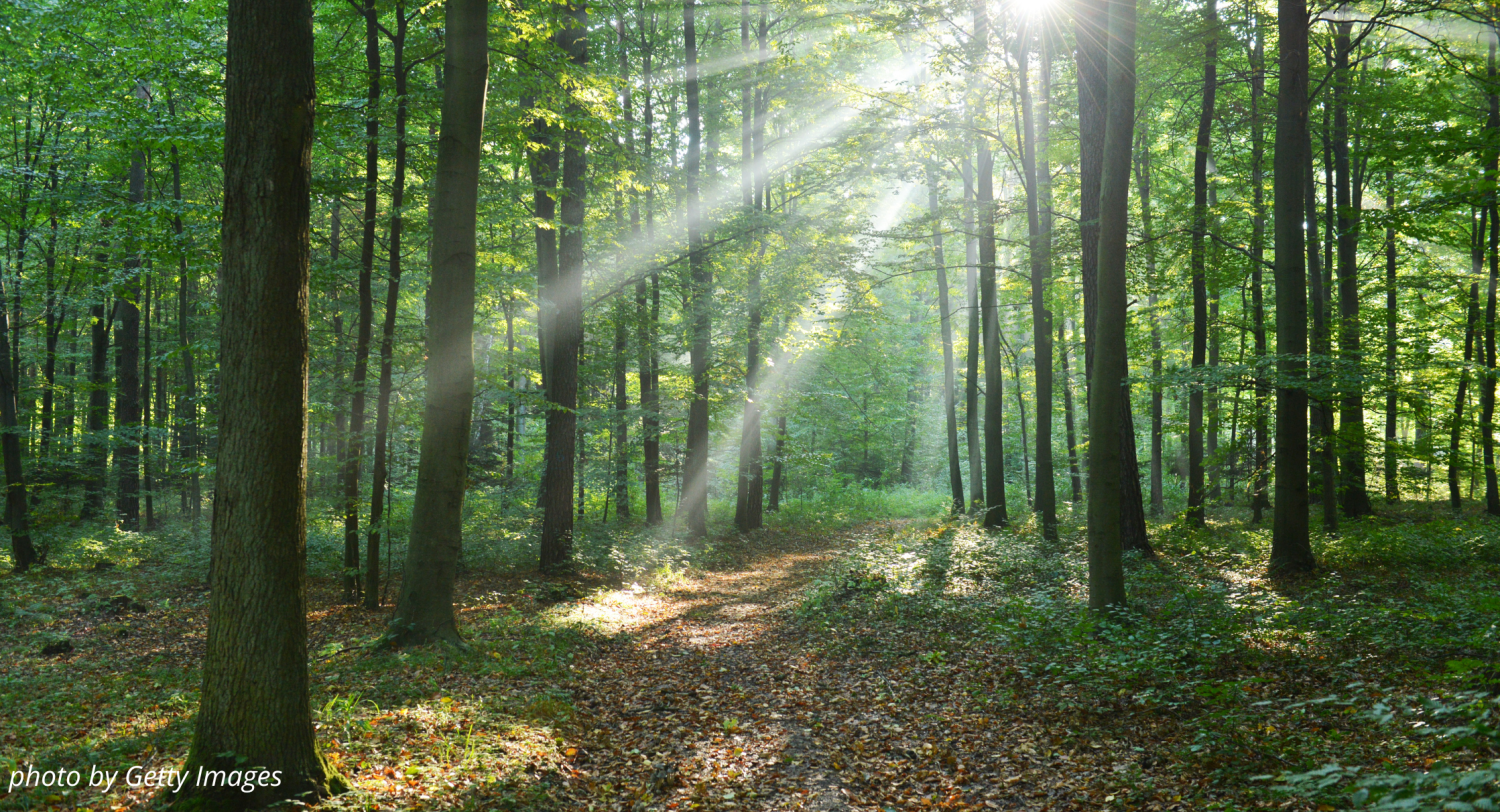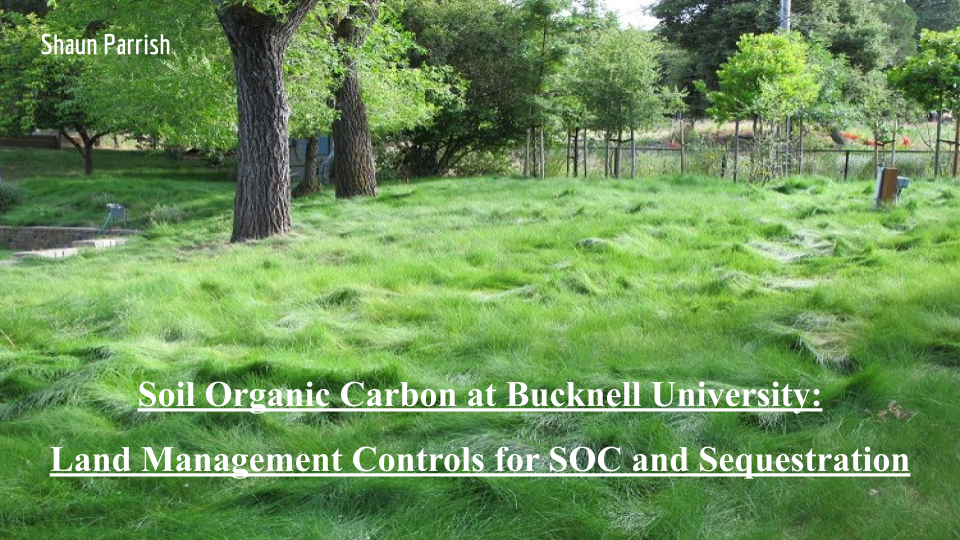Author:
Shaun ParrishCo-Authors:
Institution:
Bucknell UniversityAbstract
In this final project for Geomorphology (GEOL316) I used field and lab analysis techniques in combination with peer-reviewed literature to analyze the Soil Organic Carbon% (SOC%) and carbon sequestration found across varying locations on Bucknell’s campus as a result of different types of land management techniques (LM) as well as how they can be adjusted to help the university combat climate change/ carbon emissions. Geomorphology (GEOL316) is an upper level geology class that studies physical processes shaping the Earth’s surface and the evolution of resulting landforms. Soil cores were taken at 0m and 50m along a 50m transect at 4 locations on Bucknell’s campus and a Public Farm with 0m at a higher elevation and 50m at a consecutively lower elevation. These 8 core samples were then analyzed in a lab to calculate Soil Organic Matter% (SOM%)→ SOC% using an approximated conversion factor of 1.72 (DPIRD, 2020). It was found that the highest SOC% found was the 50m core on Bucknell Farm at 5.97% and the lowest SOC% found was the 0m core on the Public farm at 2.97%. The cores taken at the other two field sites (Lawn, Grove) were found to contain SOC% on the lower end of the above range. Bucknell Farm produced the highest SOC% with a LM portfolio of organic N-based fertilizer, deep rooted conscious planting, no-tillage, and winter cover cropping. The Lawn, Grove, and Public farm (P-farm) produced lower SOC% with LM practices of inorganic pellet N-based fertilizer use (Lawn, Grove, P-Farm), non-native monocultured grass lawns (Lawn, Grove), tilling (P-Farm), and overall soil depletion without regenerative or mitigative efforts. The implementation of new LM practices such as the introduction of earthworm populations, reforestation/ agroforestry, conversion from inorganic fertilizer to organic N-based fertilizer, no tillage or reduced tillage, and the replacement of nonnative grass monocultures to native grass polycultures are all suitable and practical methods to increase SOC% across campus and further combat climate change on a University and community wide scale not commonly considered .

